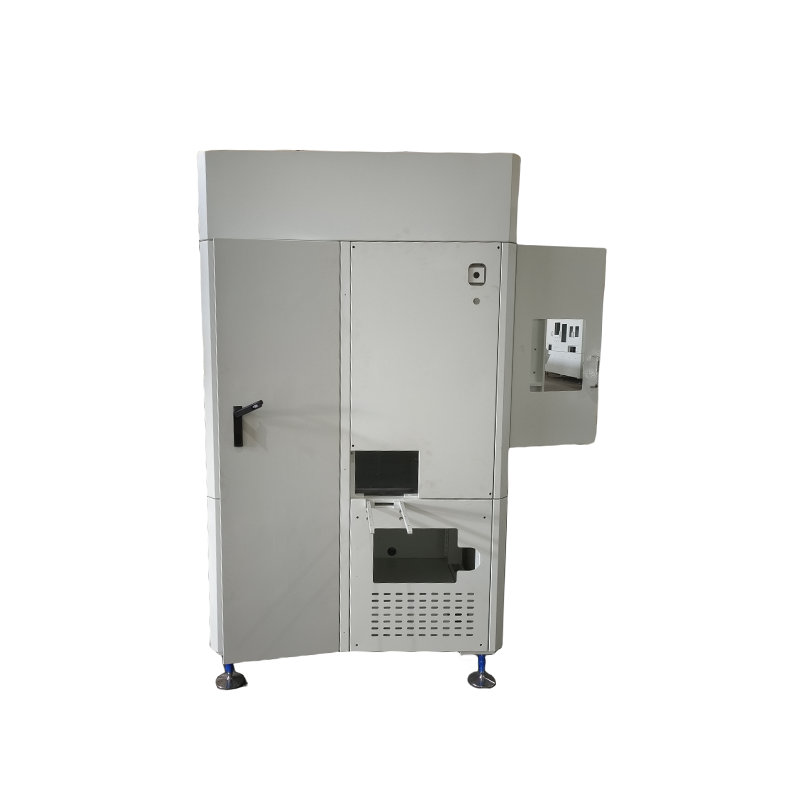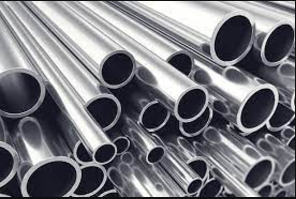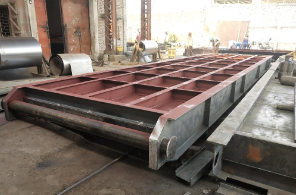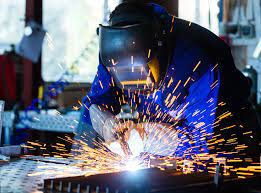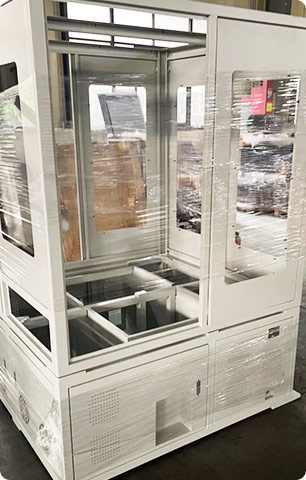What are the three commonly used turning tools for precision parts processing?
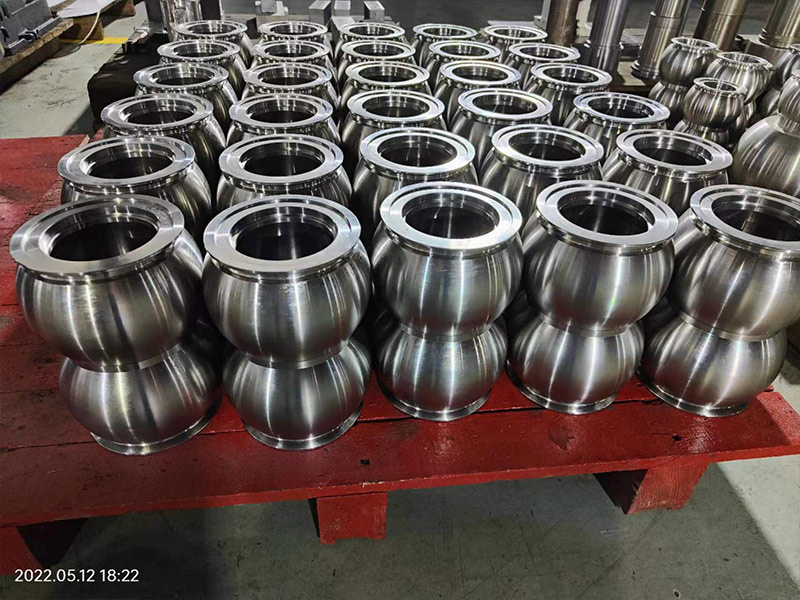
Commonly used turning tools in precision parts processing and turning are generally divided into three categories: pointed turning tools, arc-shaped turning tools and forming turning tools. Newtop focuses on precision parts processing, from model and prototype production to mass production and surface treatment. It has full-process processing control capabilities and provides high-quality, high-precision core parts machinery for customers with high requirements such as medical in vitro diagnostic equipment. Processing and assembly services.
- Pointed turning tool. Turning tools with straight cutting edge characteristics are often called pointed turning tools. The tip of this type of turning tool (that is, its seating point) consists of a straight major and minor cutting edge, such as 90-degree internal and external turning tools, left and right turning tools, cutting (grooving) turning tools , as well as tip inversion for a variety of external and internal turning tools with very small edges. When processing parts with this type of turning tool, the contour shape of the part is mainly obtained by the displacement of an independent tool tip or a linear main cutting edge. It is different from the contour shape of the part obtained when processing the other two types of turning tools. The principles are completely different. The main geometric angle selection method for pointed turning tools is basically the same as that for ordinary turning. However, comprehensive considerations should be made based on whether it is suitable for processing (such as processing routes), processing interference, etc., and the strength of the tool tip itself should be taken into consideration.
- Arc-shaped turning tool. Curved turning tools are special turning tools used for precision parts processing. It is a turning tool characterized by an arc-shaped cutting edge with small arc error or line profile error. Each point on the arc turning edge is the tip of the arc turning tool. Therefore, the tool positioning point is not on the arc, but at the center of the arc. When some pointed turning tools or forming turning tools (such as thread turning tools) have a certain arc shape, they can also be used as this type of turning tool.
- Forming turning tool. Forming turning tools are often called model turning tools. The contour shape of the processed parts is completely determined by the shape and size of the cutting edge of the turning tool. When processing precision parts, common forming turning tools include small radius arc turning tools, non-rectangular groove turning tools and thread turning tools. During the machining process, forming turning tools should be used as little as possible. When selection is indeed required, it should be detailed in a process preparation document or process step sheet.


